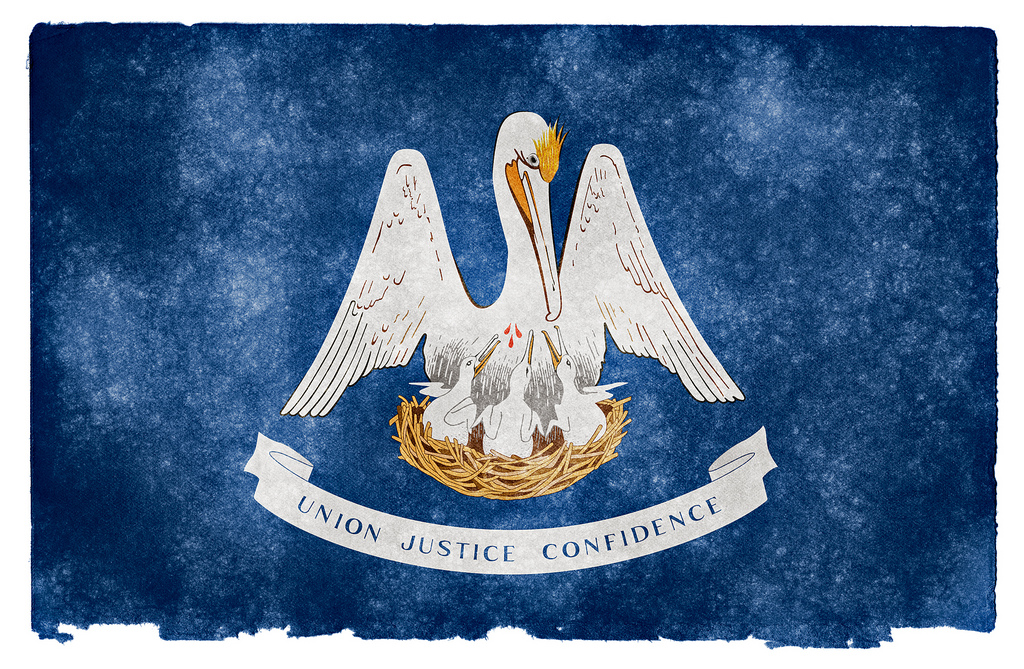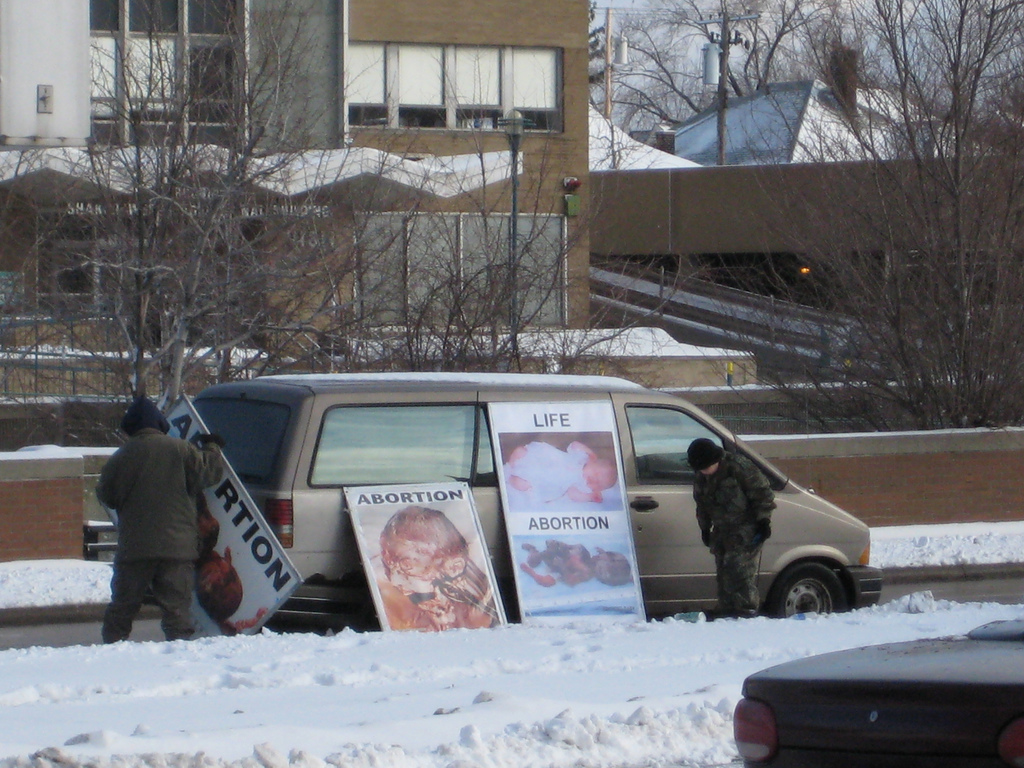55 Graves Found at Notorious Ex-Reform School in Florida
Researchers and forensic anthropologists have uncovered 55 sets of remains from an unmarked cemetary on the grounds of what was once the Arthur G. Dozier reform school in South Florida. Some of the boys who were sent to Dozier in the mid-twentieth century were never heard from again. There investigators found 24 more bodies on the site than were listed in school records.
Survivors who attended the school have described beatings, torture sessions, rapes and the disappearances of boys, many of them after they were taken from dormitories or other school buildings for punishment.
Roger Dean Kiser, now 67, of Brunswick, Ga., told The Times in October that he was sent to Dozier at age 12 in 1959 and stayed for two years. He wrote a book about the school, “The White House Boys,’’ named for a house on school grounds where he said boys were beaten. [LAT]
Survivors recount being raped by their captors as well as beaten. School records assert that boys died of natural causes or in a fire, but investigators think the newly uncovered remains could cast doubt on the official story.







